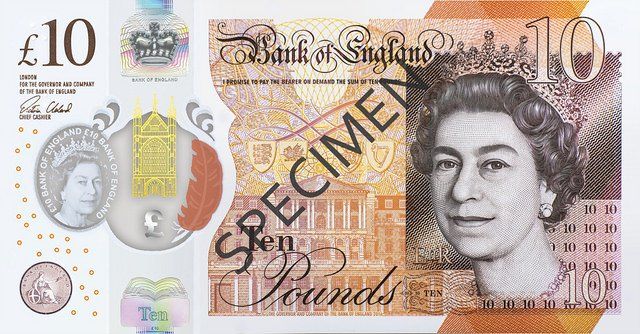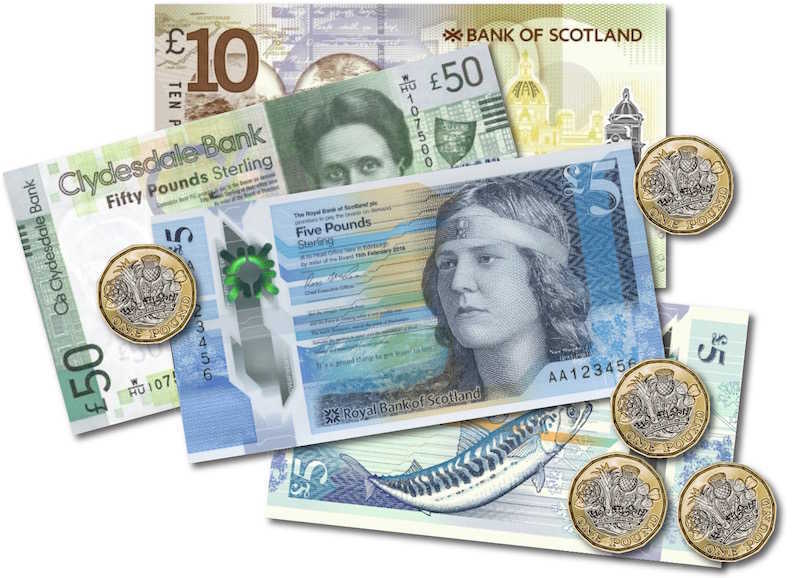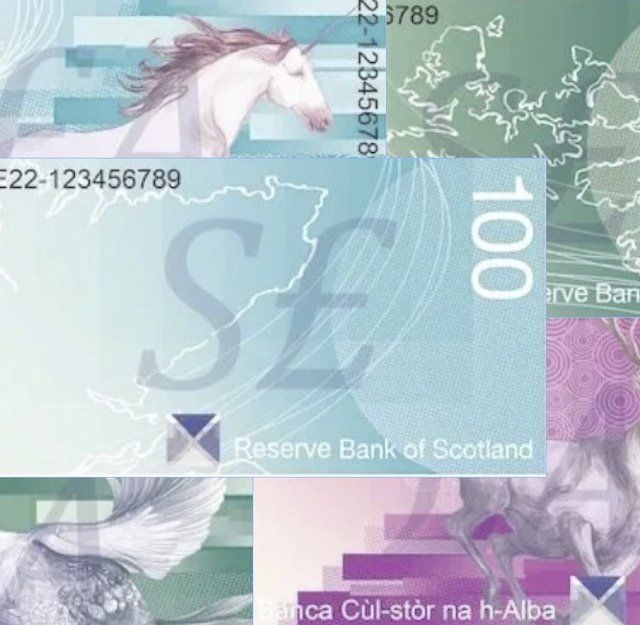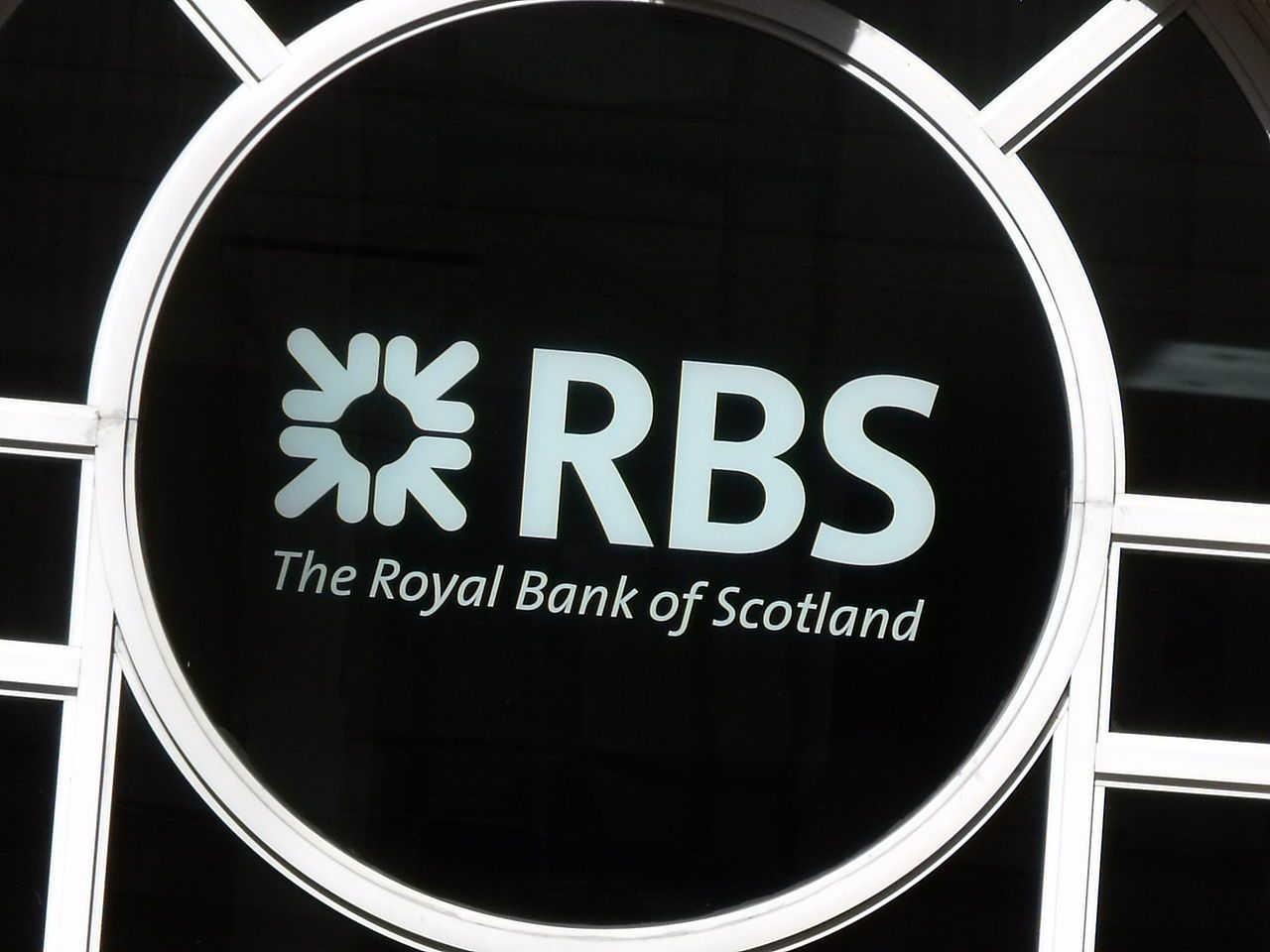Central Banks

Before 1931 the Bank of England was like any other bank. A normal bank keeps its own money (reserves) in the Reserve Account at the BoE (or it could use an account at another bank in which case it is really in the other bank’s Reserve Account). In the case of the BoE its Reserve Account was a pile of gold bars in the vault. Just like a normal bank it was still fractional as there was never 100% coverage in gold of the money in circulation.
The requirement for the BoE to hold any genuine reserves came to a final end in 1971. Today I would say the BoE holds no genuine assets other than temporarily when it grants a loan to a bank. In the case of it owning a gilt then yes that is an ‘asset’ on the balance sheet and it is a ‘debt’ of the Treasury. However, the BoE and the Treasury are subsidiaries of a Group Company – UKGov. In Group accounts intra-company loans cancel out and reduce to zero at the Group level. This is exactly what happens when ONS publish the Full Government Accounts (typically two years late). In those accounts the National Debt is correctly recorded as £1.3 trillion and not the publicly quoted figure of £2.2 trillion.
These ‘assets’ in the BoE accounts are very strange assets. If a bank holds a gilt of say £100m and sells it then it will still have an asset of £100m but it will simply have moved out of the gilt and into the Reserve Account at the BoE. If the BoE sells a £100m gilt then the buyer will pay the BoE £100m. Let us assume the BoE only has 1 gilt. So the Tradeable Assets nominal code on the balance sheet would show a debit of £100m, which represents the gilt. Debits are an asset on the balance sheet. The gilt is sold and the BoE receives the £100m. The relevant commercial bank Reserve Account is debited and the Tradeable Assets nominal is credited with £100m. Tradeable assets are now nil and the liabilities in the form of the Reserve Account have also fallen by £100m. The balance sheet has shrunk by £100m and the money has disappeared. As I said it is a strange ‘asset’ that leaves nothing when it is sold at the full nominal value.
Yes the BoE can expand the monetary base without any limit (it could not in gold standard days) and the ‘assets’ are automatic. Its balance sheet will always balance. Suppose the government decides to pay EDF the £25 billion cost of Hinkley Point and the Treasury makes the payment from the Ways & Means account at the BoE. That is the Treasury overdraft account. So the W&M is debited £25 billion and EDF’s account at Barclays is credited with £25 billion. At the BoE that shows up as a credit of £25 billion to the Barclays Reserve Account. The BoE now has a liability of £25 billion to Barclays and an asset of an Overdraft to HMT of £25 billion. This is the BoE creating ‘bank money’ without any limit because unlike a commercial bank it has no requirement for external reserves and none of this ‘bank money’ ever leaves the BoE.
Let us suppose the BoE was liquidated. How would it ‘pay’ the creditors? With what? All the assets are essentially imaginary and the creditors would get nothing. If the BoE was liquidated then that is also the end of sterling to all intents and purposes as the only thing left would be the coin issue. I suppose if you wanted to carry the scenario further you could say the Treasury would mint some £1 billion pound coins and then RBS could get 27 coins to repay it the deposit in the Reserve Account. What, though, would RBS do with a billion pound coin? You should also note that the UK reserves (gold and foreign currency) do not belong to the BoE – they belong to HMT and are managed by the BoE. It is actually BoE policy (stated in the annual accounts) not to hold any other currency except sterling. It is an interesting point that as there are £3.3 trillion or so pounds and the UK reserves are $88 billion then in theory a liquidation of sterling would result in a pay out of about 2 cents per £1.
The only way you could in practice liquidate the BoE would be to set up another central bank to create the sterling required to do so. The end effect would just be a copy of the BoE under another name.
Seigneurage is an outdated term, since people seem to think this applies only to bank notes and coins. The State gets the benefit of spending all money created by the central bank and it makes no difference whether it is a bank note or a Reserve Account entry. Owning Hinkley Point is the ‘seigneurage’ accruing to the State from spending its overdraft money. There is no difference between a coin, a note or a digital amount. The seigneurage is simply the benefit the state gets (whether that is buying a physical asset or somebody’s labour) from spending that coin, note or digital amount over and above whatever it cost to make that coin, note or digital amount. The Seigneur (king) has declared that the token has a value of X regardless of the value Y of the metal, paper, etc. So X – Y = Seigneurage.
None of the above is anything to do with MMT as it is all just down to double entry accounting.
Dr Tim Rideout
Director



